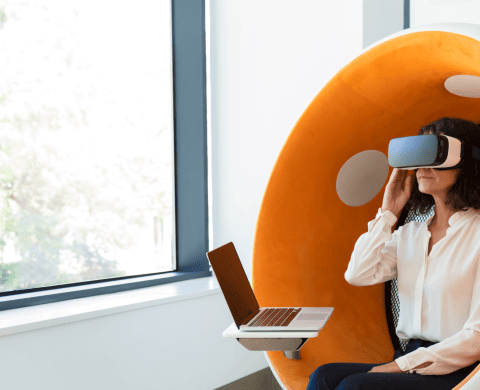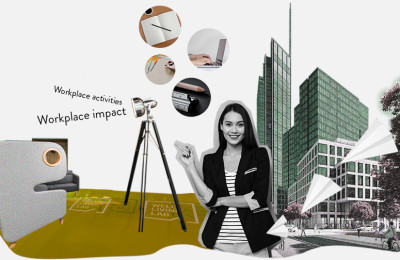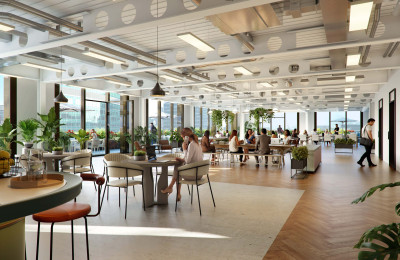5 workspace megatrends for 2030
At HB Reavis we are always looking a few steps ahead. Whilst the post-pandemic workplace will probably look and feel different to your old office, we believe to create amazing spaces we have to look even further ahead.
So we’ve asked some of the best minds in our team to predict the key megatrends and how they could impact the workspace in 2030:
Asking AI to boost employee performance
AI and automation both of jobs and within the workplace will greatly increase the amount of data collected. As more routine tasks are handled by machines, there’ll be an even bigger premium on cognition, empathy, creativity, critical thinking, mentoring and other non-linear skills. Offices will have to change to foster interactions as these are the skills that thrive with face-to-face contact and can be stifled by virtual settings. We can help people excel at work by using building data to customise their environments for collaboration and focus.
At the soon to be completed Bloom Clerkenwell, our “ready to work” concept creates multi-use adaptable spaces that enables creativity and fosters collaboration, all enhanced by our tech solution Symbiosy.
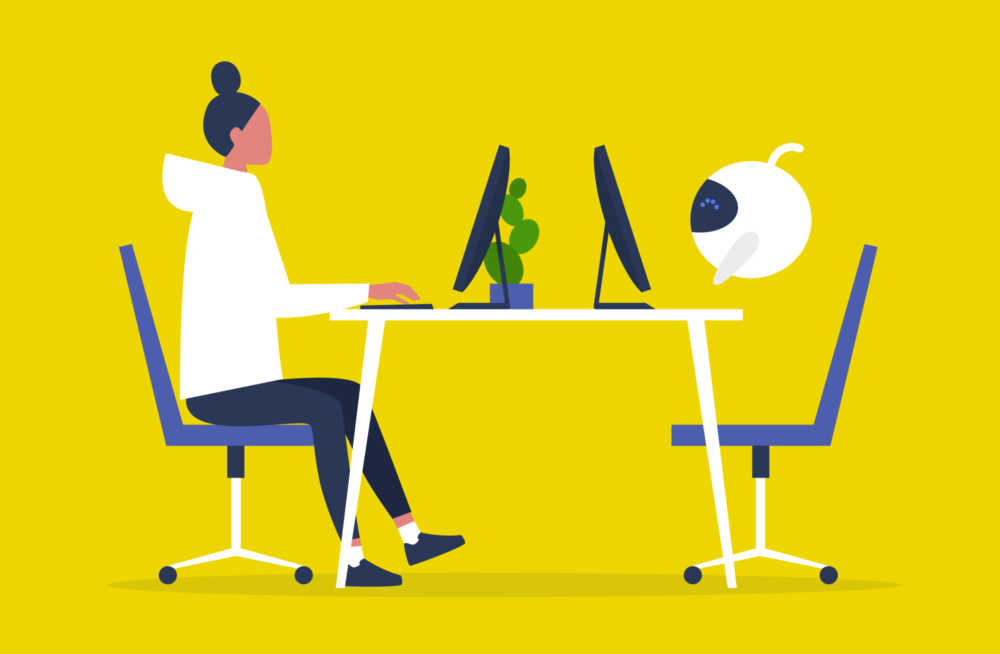
Making work all about “you”
Hybrid physical/virtual workplaces are becoming like campus environments: flexible in when and how they are used and malleable so they may be rearranged based on real-time needs. To inspire increasing numbers of Millennials, Gen Ys and Gen Zs, employers will offer unique environments and cultures featuring everything from exercise classes to improv nights. Working practices will be more individual too, with greater flexibility around hours and WFH a standard rather than a perk. And with that, managers will encourage employees to shape their days around targets and deliverables – the best means of assessing performance remotely.
Working flexibly isn’t going anywhere, and it requires both the company and employee to have greater levels of trust in each other than previous iterations of offices. Managers will be able to build trust in their employees through data derived from workplace management systems, however this are no replacement for real, tangible relationships built through physical interactions and collaboration.
In turn this level of trust gives employees agency over not just their performance but their time and space. An office worker in 2030 will be able to choose and tailor their environment exactly to their preferences using something that will probably look at lot like Symbiosy, our smart workspace solution.
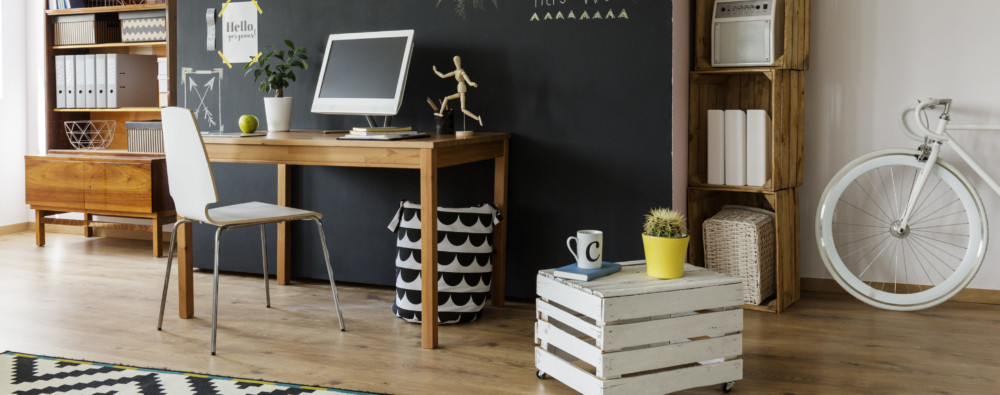
Flexibility: ever more agile setups
Innovation is happening faster and smarter. So the need for businesses to quickly grow and shrink their teams, introduce and reduce resources, as well as adapt to changing markets has never been greater. Buildings will respond by becoming more fluid.
Coworking spaces and retail will serve as buffer zones to inflate and deflate a company’s real estate in real time. Serviced offices will ensure that newly created teams have space that’s ready to work in. Finally, desks fixed to a single location will be a thing of the past: team rooms will become ever-changing environments to fit the real-time needs of each group.
Wellbeing & Health
Happy, healthy employees take less time off sick and are more productive when they’re at work. Combine this with our deeper understanding of wellness, hygiene, the spread of illnesses and the importance of good mental health, and even more buildings will be designed to support tangibly healthier work environments, underpinned by internationally recognised certifications like WELL. With many employees struggling with less physical movement and loneliness when working from home, wellbeing might well be one of the major factors that brings people back to (safe) offices, and is one trend that will definitely still be around in 2030.

Virtual and augmented reality in the office
COVID-19, if nothing else, has helped us see the ups and downs of videoconferencing. Regardless of where the sweet spot for working remotely for individual companies lies, it is becoming clear that the workspace of the future will be a potent combination of the physical and the virtual. The next logical step is to look at how virtual and mixed reality can enhance online experiences, work tools and collaboration. Generations already used to VR gaming will embrace the tech as it evolves into the everyday. With Apple entering the mixed reality glasses sector, we might see holograms of colleagues popping up around meeting tables in as little as two years’ time…!

While these trends have been bubbling away, it seems COVID-19 has accelerated their arrival by five years and there is no doubt we will see change faster that we could have ever anticipated.
The purpose of the office is changing. Physical space will cater to building trust and culture, increasing the pace of innovation and learning from each other. Want to be part of the trend to make your office better suited to modern employees and working practices?
Want to be part of the trend to make your workspace better suited to modern workers and working practices?
Check out our workspace services now.
